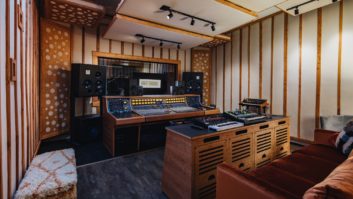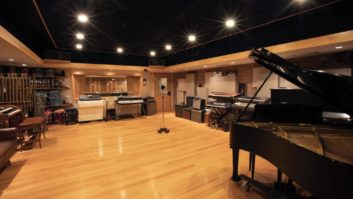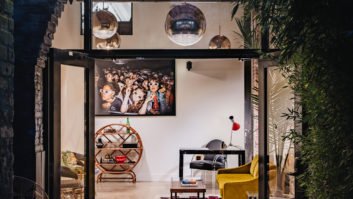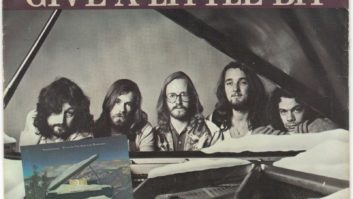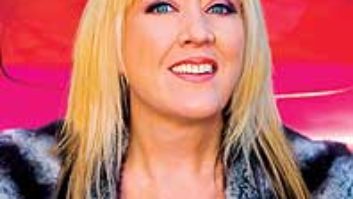Dave Trumfio did not just drop out of the sky and appear on the Los Angeles studio scene, at the door of Gold Diggers Sound, with Kingsize Soundlabs fully formed. He actually arose out of his parent’s basement in a western suburb of Chicago in the mid-1980s, complete with Robert Smith hairdo and wearing Creepers, the variety that earned him an early nickname of Thick Soles.
But the musician-centered, DIY approach to recording and studio construction has been with him all along, from the initial Trumfio Den at age 16 with a boombox, then Fostex X15 4-track, on through the first iteration of Kingsize Soundlabs in a rented house in Rogers Park and an upgrade to 16-track. All the while he learned under the tutelage of Mike Konopka and Tom Hayden during a four-year stint assisting and engineering at Seagrape Recording, gaining exposure to mics and effects and consoles, oh my!
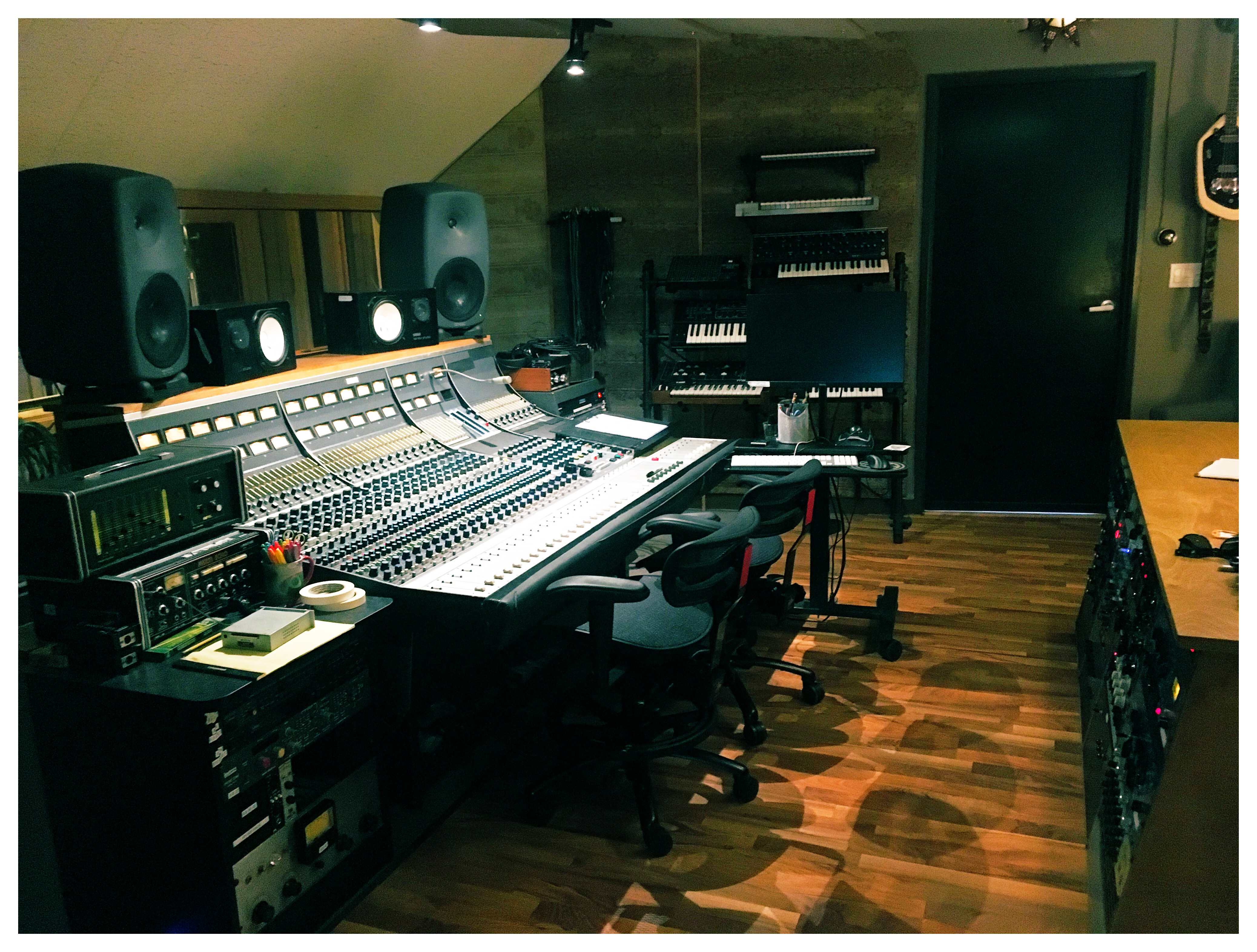
When Seagrape closed, he opened his first big-time Kingsize Soundlabs, which served as his home base for the 1990s in Chicago’s booming Wicker Park neighborhood, in the corner of an old Illinois Bell training center. There he bought a Neotek Elan console, his first 1176, upgraded to 24-track, added a partner in fellow studio owner Mike Hagler and rocked out with the explosion of indie rock, achieving late decade success by signing his own band, Pulsars, to Herb Alpert’s label Elmo Sounds.
“It was a bustling scene and Wicker Park was the epicenter,” Trumfio recalls. “Most of our friends were in bands. Steve Albini was getting a name for himself. Idful with Matt Wood was coming up. It was a healthy scene, with enough bands to go around for everyone.”
More: The Musician’s Playground by Tom Kenny
He also hit a hot streak with engineering, mixes and development for, among many other acts, Wilco on Summer Teeth and Mermaid Avenue, OK Go’s first album and subsequent signing, and the recording/mix of My Morning Jacket’s breakthrough, At Dawn. Then, Los Angeles, but not the lights and fame…
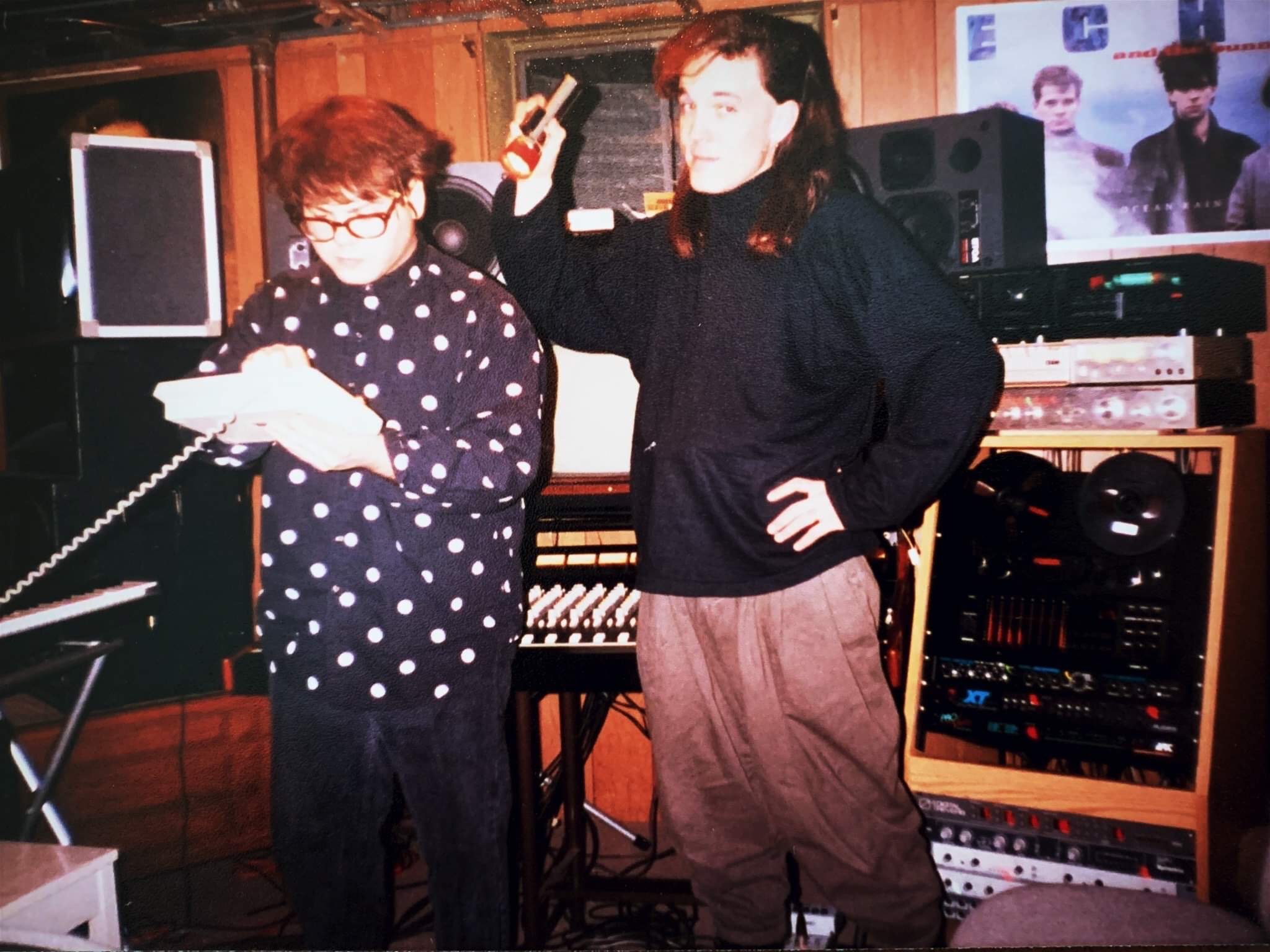
“It was 100 percent Ronna,” he says, referring to his now-wife and business partner, herself a musician and artist who had moved to L.A. in 1991. “Ronna and I were friends for many years from back in Chicago. We knew the same people. We would see each other over the years. It took a long while. Then we went out together long distance. One time I flew out there and never came back.”
Ronna picks up the story: “I came to Los Angeles for music and to work on movies and videos—rocking and rolling and doing film work. Played in a band, Mint 45. Opened for Iggy Pop. I went back to Chicago in 1998 and needed somebody to accompany me. [Dave] played standup bass and synthesizer. From there, he came out to LA., producing a record. We started dating, did the back and forth thing, then he moved out here and we got married and had babies.”
After neighbors on Silverlake Boulevard began complaining about the noise coming out of the two-bedroom apartment, Trumfio decided that he needed his own place. While hanging out in the club Space Land one night he ran into a guy, Manny Nieto, who recognized him from a Tape Op article, thanks to his straw hat. Nieto said that there was a spot a spot next to him for a studio. not far away on Eagle Rock. That’s the original Kingsize Soundlabs Los Angeles. Their baby, Jasper, moved into the second room, followed three years later by Bennett. But by that time, Kingsize itself was booming.
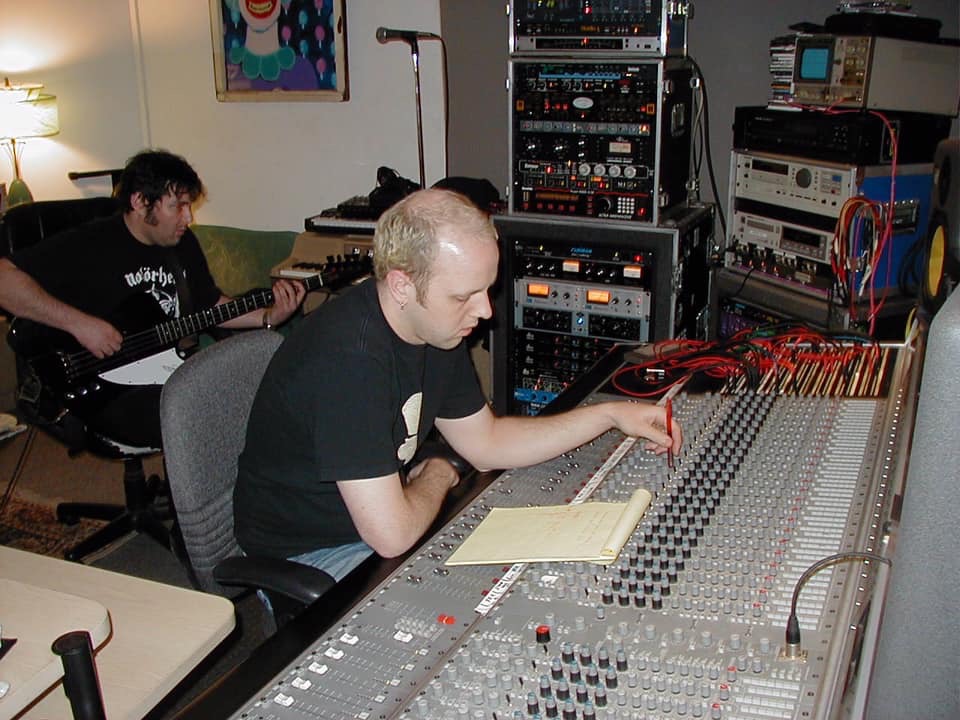
“I kind of hit L.A. at the right time, where I felt like I was at the top of my game,” Trumfio says. “I had big-buzz records, and everyone in L.A. was so welcoming. This was utopia. I got to go around and work in some of the most amazing rooms in the world. At the same time I came from the indie world and for one label budget I could make eight indie records. At that time a big indie budget would be 20 or 25 grand. By the time I rent Sound Factory Studio A for tracking then go over to a garage with an API, there goes my budget. I’d work for a month and a half and make 3 grand. In Chicago, I was used to making records for cheap, but I got to keep the whole thing!
“My price point has always been in the $500 to $750 range for a day. In Chicago, that’s doable; in L.A., that price point was dominated by ADAT studios and I just wasn’t that into ADAT; didn’t like the way they sounded. One day I came home and told Ronna, ‘Okay, honey, we’re building a studio.’ And that’s when the U-Haul got rented. I figured that I kind of needed a $500 a day room, and why couldn’t that room be mine?”
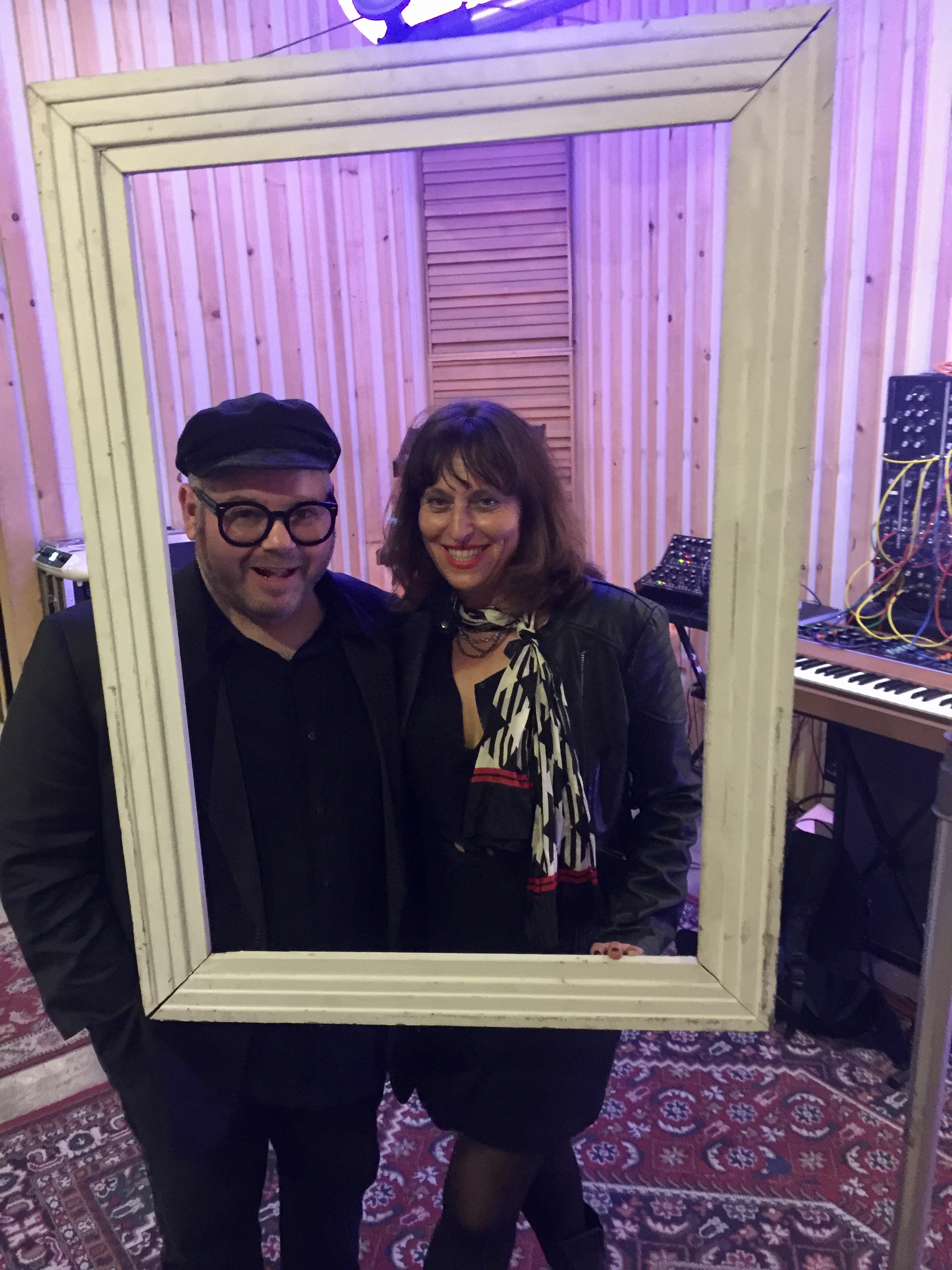
What followed were more and more studios, following the initial Studio A, which now houses his Neve 8068. Next came the Rock Block, nearby, featuring a host of “sound labs rented on a monthly basis to producers and artists. Then around the corner on Verdugo with the amazing commercial room known as V7, along with seven monthly “soundlabs” for producer/artists. Then Atwater, 64 Sound, Remo Sounds (in partnership with Pierre DeReeder), and ultimately Gold Diggers, where he sits at the API 2448 on this month’s cover.
He and Ronna now run 35-plus studios, most of them rented to individuals on a monthly basis, including Rob Schnapf, Billy Bush and others. These are working studios, built by his own hand mostly and outfitted with the best of vintage and modern gear. Prices are kept low so that musicians can afford them. Ronna likes to say that they offer “East Side prices with West Side sounds.”
“As far as the name goes, I just thought it sounded cool back in the early ‘90s—Soundlabs,” Trumfio laughs. “So it was kind of serendipitous that we actually ended up making soundlabs!”

